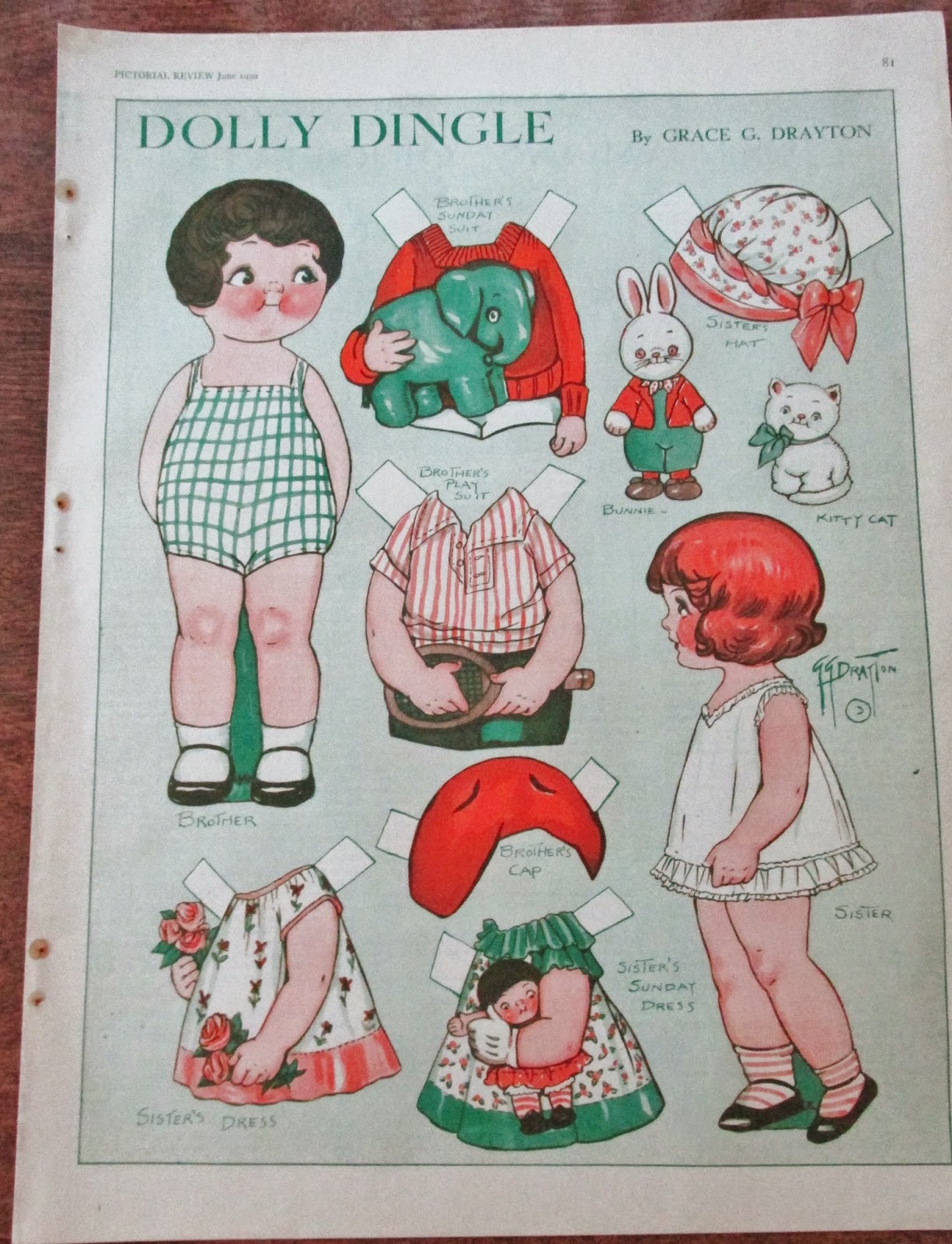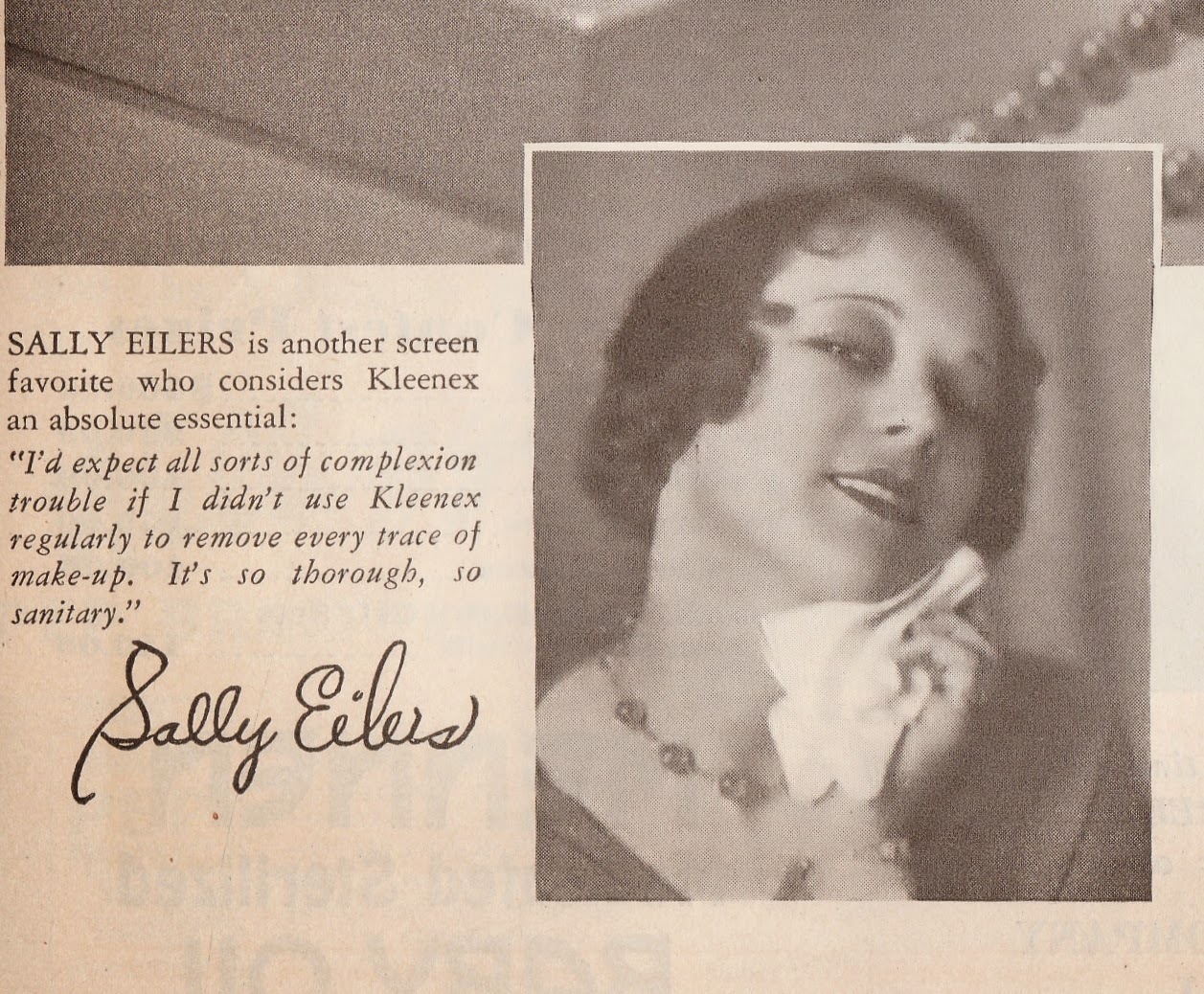The slipcover is like a fancy pillowcase; one side is open on the back, so you can insert a pillow or square of foam rubber inside.
A quick search of the Internet told me that these slipcovers came in a variety of nautical designs. A sailor, probably during World War II, sent this pillow slipcover home to his mom.
The thing that really stands out about this slipcover is the inscription:
Mother
You are the sweetest Mother in the world
For you we keep our flag unfurled
It gives us courage way out here
To know you're waiting, Mother Dear.
It's good to know that simple household item like a pillowcase can bring comfort during difficult times.
Even the bravest man or woman faces fear during a time of war. And yet fear must be overcome for the battle to be won. Nelson Mandela once said:
I learned that courage was not the absence of fear,
but the triumph over it.
The brave man
is not he who does not feel afraid,
but he who conquers that fear.
So what helps a sailor, a soldier, or anyone able to face down their fears? Love can be the motivation to take courage over fear. Lao Tsu is quoted as saying:
Being deeply loved by someone gives you strength,
while loving someone deeply gives you courage.
Did the sailor come home from the war? I wasn't able to find out. Given the age of the other things in the estate sale house, it's possible that the sailor came home from the war, got married and bought the house, and that he saved this US Navy pillow slipcover from his own mother's estate, because he had sent it to her during the war.
I like to think that this mother's love helped bring her boy back home safely. At the very least, the love between the mother and son helped win the war. As the Apostle John wrote:
There is no fear in love;
but perfect love casts out fear...



























.jpg)








.jpg)















